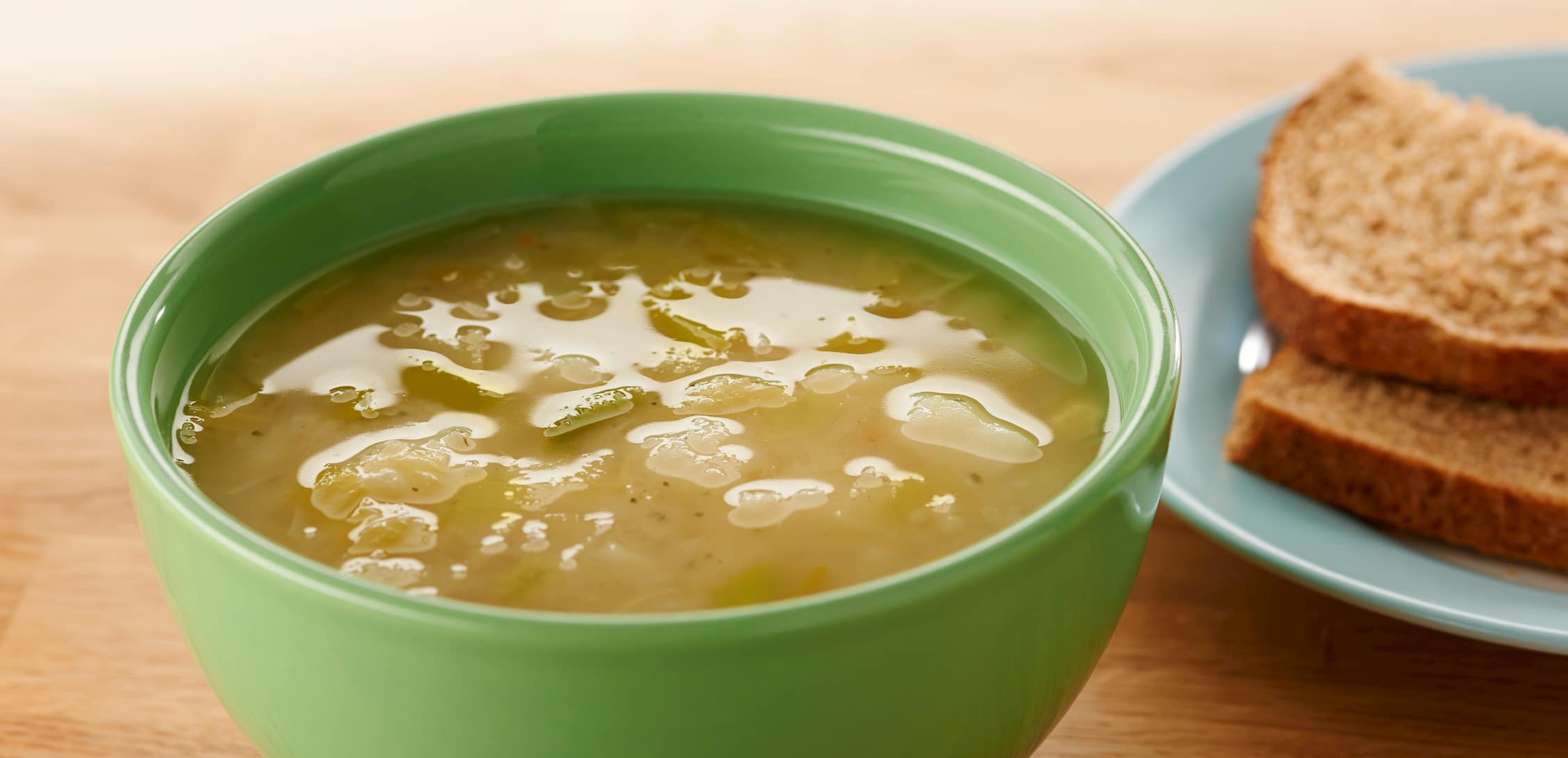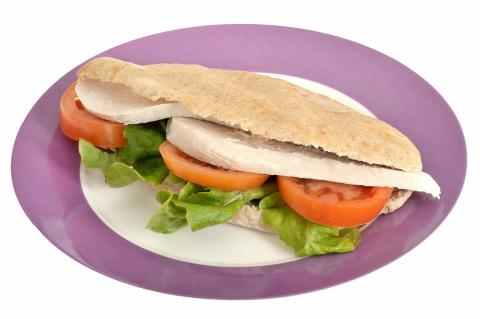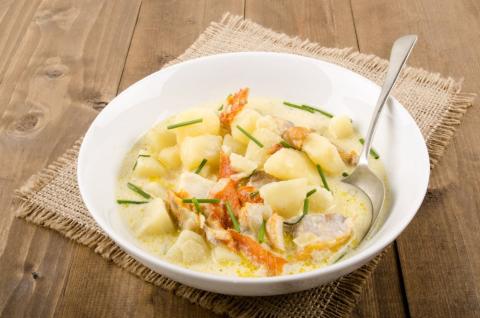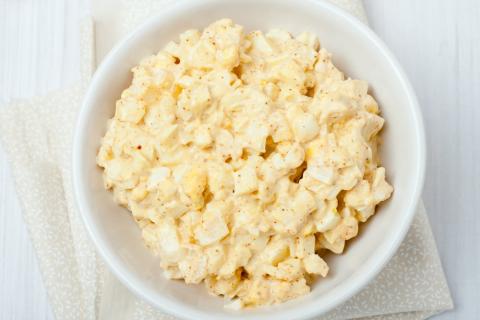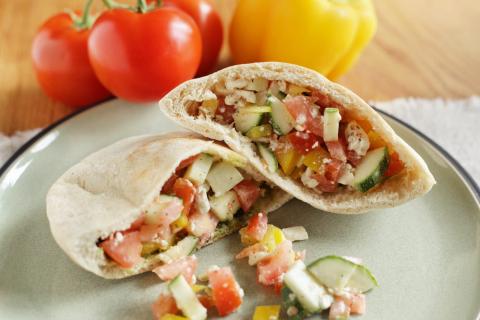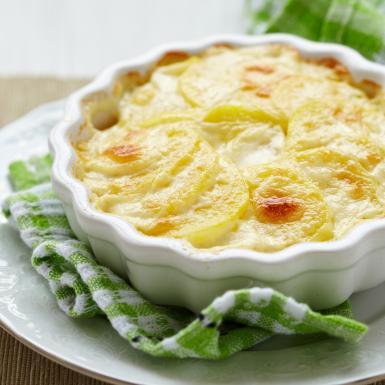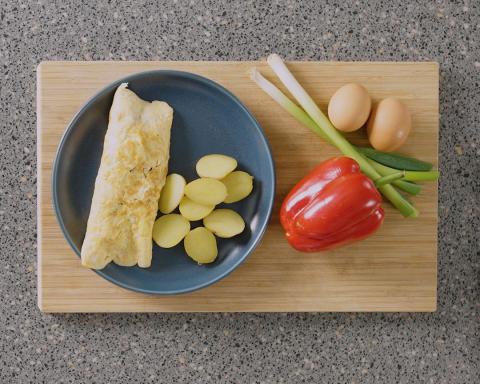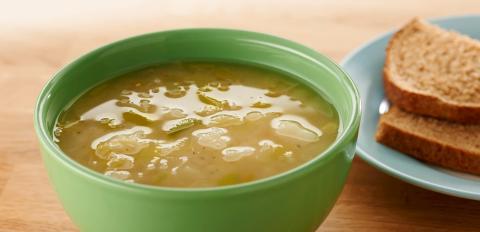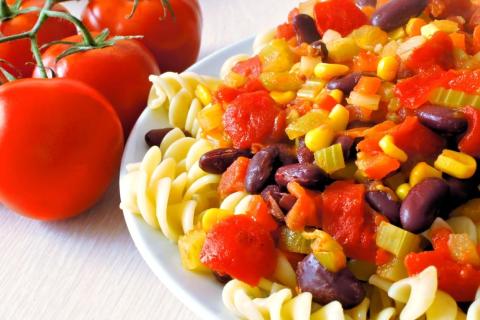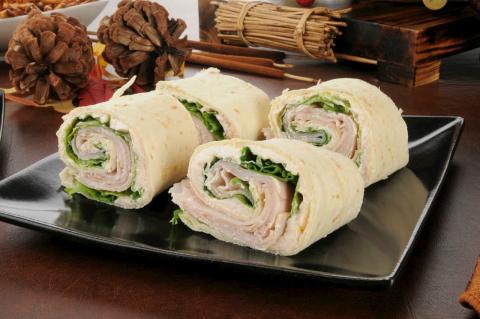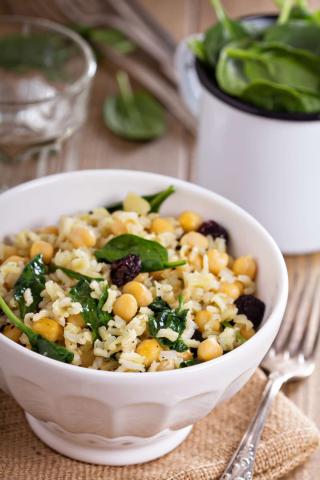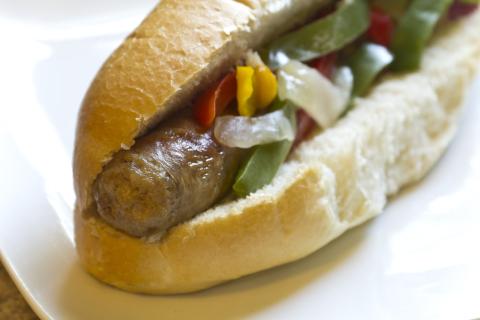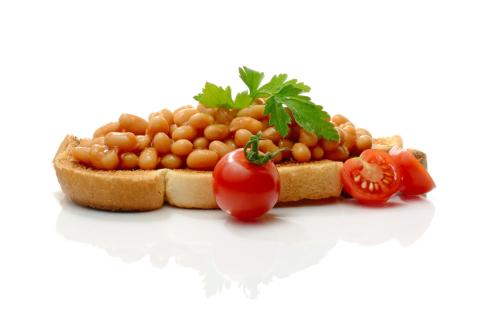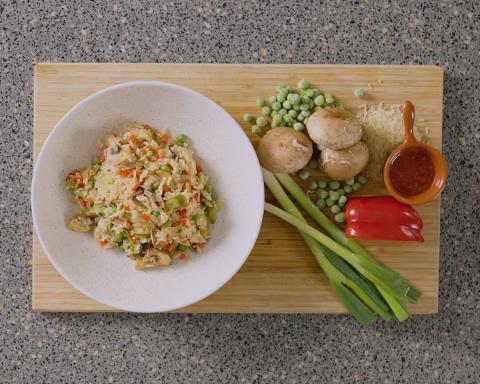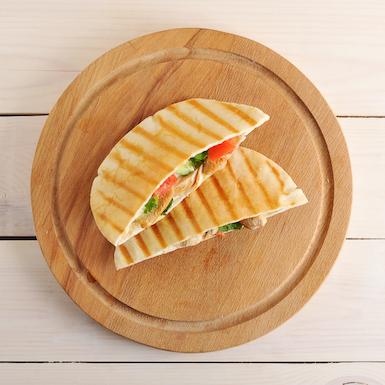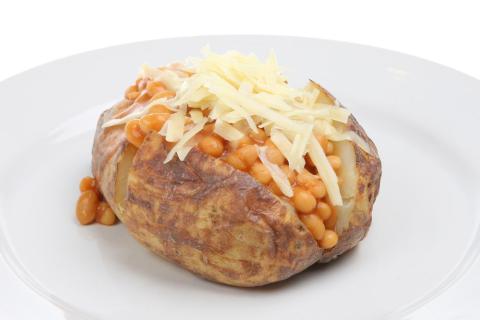- 3 Medium Sized (480g) Leeks
- 5 Medium (425g) Potatoes
- 2 (14g) Vegetable Stock Cubes (use reduced salt when possible)
- 2 Pints (1L) Boiling Water
- 1 Pinch Black Pepper to taste
Ingredients
Allergy Disclaimer
Always check the label of each ingredient for allergy warnings.
Method
- Wash the leeks and potatoes and peel the potatoes.
- Chop them into bite size pieces.
- Dissolve the stock cubes in the water.
- Put the chopped vegetables into a large saucepan with the stock and bring to boil.
- Reduce the heat, season with pepper and simmer for 20 minutes.
- Serve hot.
Time Saver Tips
Don’t peel the potatoes. Soup can be prepared in advance and heated when required. Cool before putting in the fridge or freezing. Remember to only reheat leftovers once and to use within two days.
Cost Saver Tips
Why not make twice the amount and freeze it so you’ve got an easy meal for later? Just remember to let it cool before popping it into the freezer and to defrost thoroughly before use.
Tips for Kids
This soup works great with some extra veggies as well. Why not let your little one pick their favourite vegetables? Knowing they chose what’s in it might even make them more likely to eat it. One way that could help you get your kid to eat vegetables is by chopping them up really small so they’re less obvious? Or why not try blending them to make them for a more consistent texture. Your wee one will love to help prepare and chop softer vegetables safely with you, using a table knife. Knowing they’ve been your little kitchen helper might even make them more likely to eat it. Try serving with a slice of wholemeal bread to boost their fibre intake.
Nutritional Information
Based on a single serving of 370g (% of an adult's reference intake)
Energy
83 kcals ( 4 %)
356 kJ ( 4 %)
Fat
0.0 g ( 1 %)
Saturates
18.8 g ( %)
Sugar
3.7 g ( 4 %)
Salt
1.5 g ( 25 %)
Detailed nutritional information
| Per 100g | Per 370g serving | |
|---|---|---|
| Energy Kcals | 23 | 83 |
| Energy Kj | 96 | 356 |
| Protein | 0.9 g | 3.2 g |
| Total Fat | g | g |
| Saturated Fat | 0 g | 0.0 g |
| Carbohydrates | 5.1 g | 18.8 g |
| Total Sugars | 1 g | 3.7 g |
| NSP Fibre | 1.1 g | 3.9 g |
| Sodium | 159 mg | 590 mg |
| Salt | 0.4 g | 1.5 g |
Find out about nutritional labelling
Nutrition labels on the front of packaging
- Most of the big supermarkets and many food manufacturers display nutritional information on the front of pre-packed food.
- Front of pack nutrition labels provide information on the number of grams of fat, saturated fat, sugars and salt and the amount of energy (in kJ and kcal) in a serving or portion of a recipe.
- The labels also include information about reference intakes (expressed as a percentage) which are guidelines about the approximate amount of particular nutrients and energy required for a healthy diet.
- The colour coding tells you at a glance if the food has high (red), medium (amber) or low (green) amounts of fat, saturated fat, sugars and salt.
- The more greens on the label, the healthier the choice
- Amber means neither high nor low, so you can eat foods with all or mostly ambers on the label most of the time.
- Reds on the label means the food is high in that nutrient and these are the foods we should cut down on. Try to eat these foods less often and in small amounts.
Food shopping tips
If you’re trying to decide which product to choose, check to see if there's a nutrition label on the front of the pack. This will help you to quickly assess how your choices stack up. You will often find a mixture of red, amber and green colour coding for the nutrients. So when you're choosing between similar products, try to go for more greens and ambers and fewer reds if you want to make a healthier choice.
 Activities & Play
Activities & Play Behaviour
Behaviour Childcare
Childcare Development & Growing Up
Development & Growing Up Family, Friends & Relationships
Family, Friends & Relationships Feeding Your Baby
Feeding Your Baby Food & Eating
Food & Eating Health & Safety
Health & Safety Mental Health & Wellbeing
Mental Health & Wellbeing Money & Work
Money & Work Online Behaviour & Safety
Online Behaviour & Safety Pregnancy & First Days
Pregnancy & First Days School & Education
School & Education Sleep
Sleep

